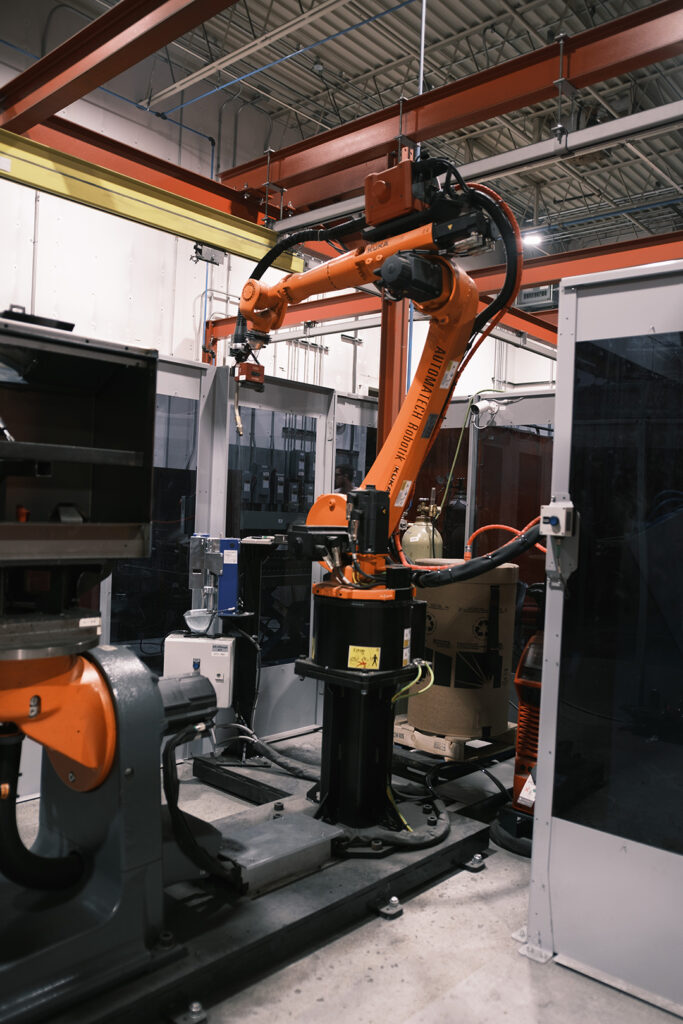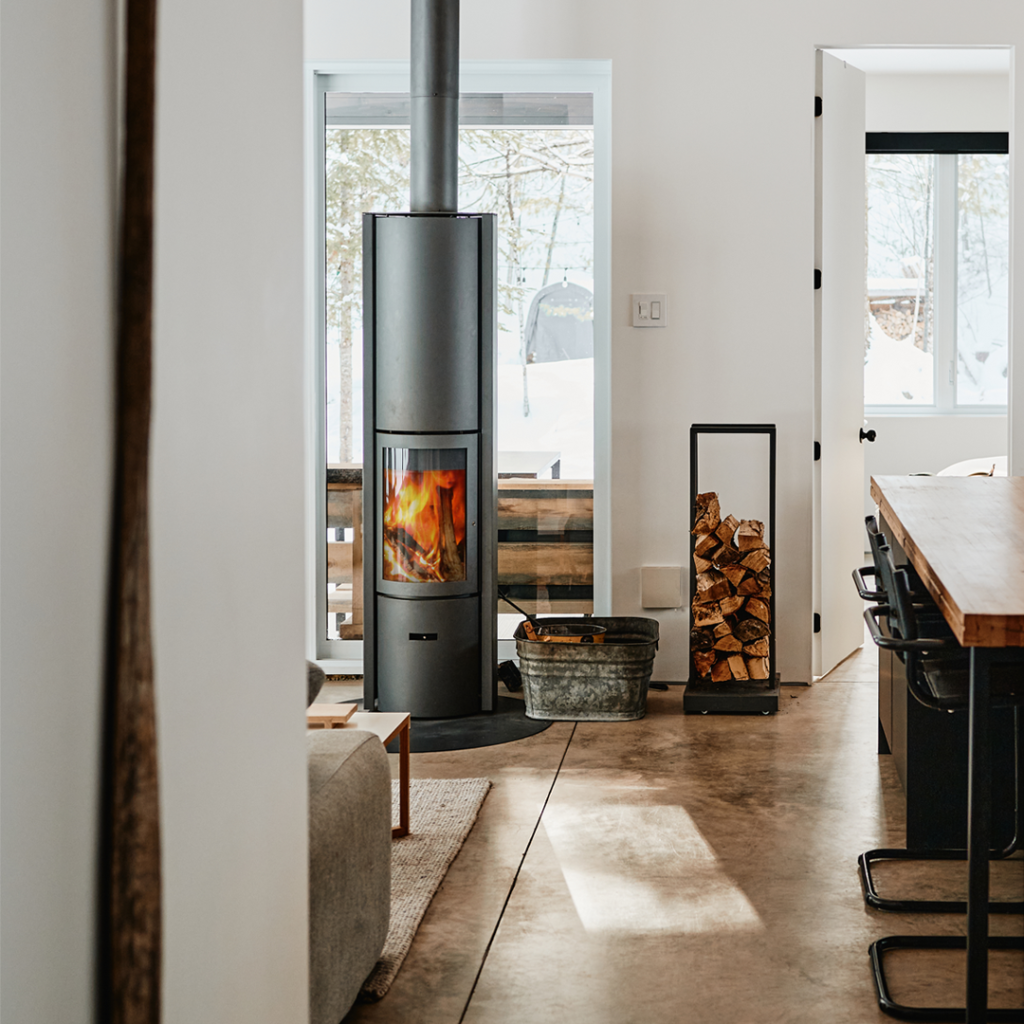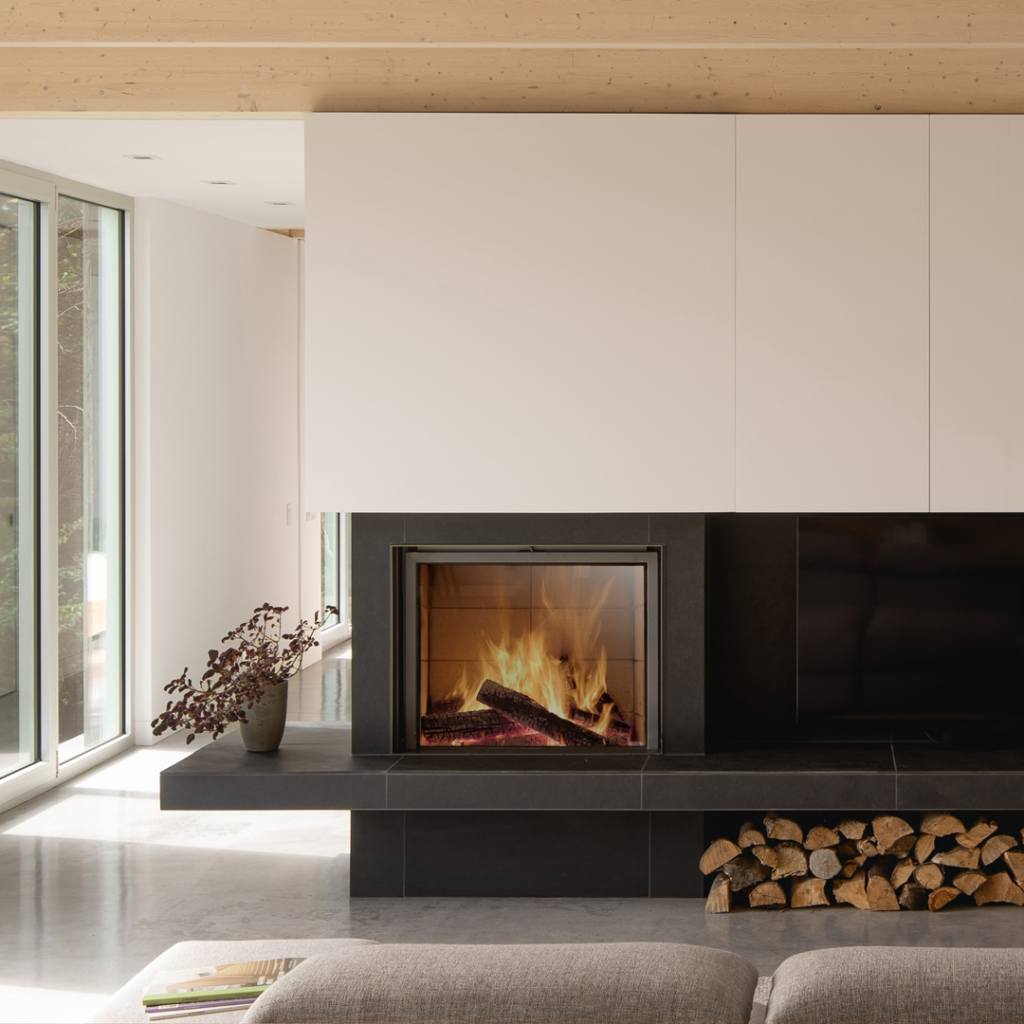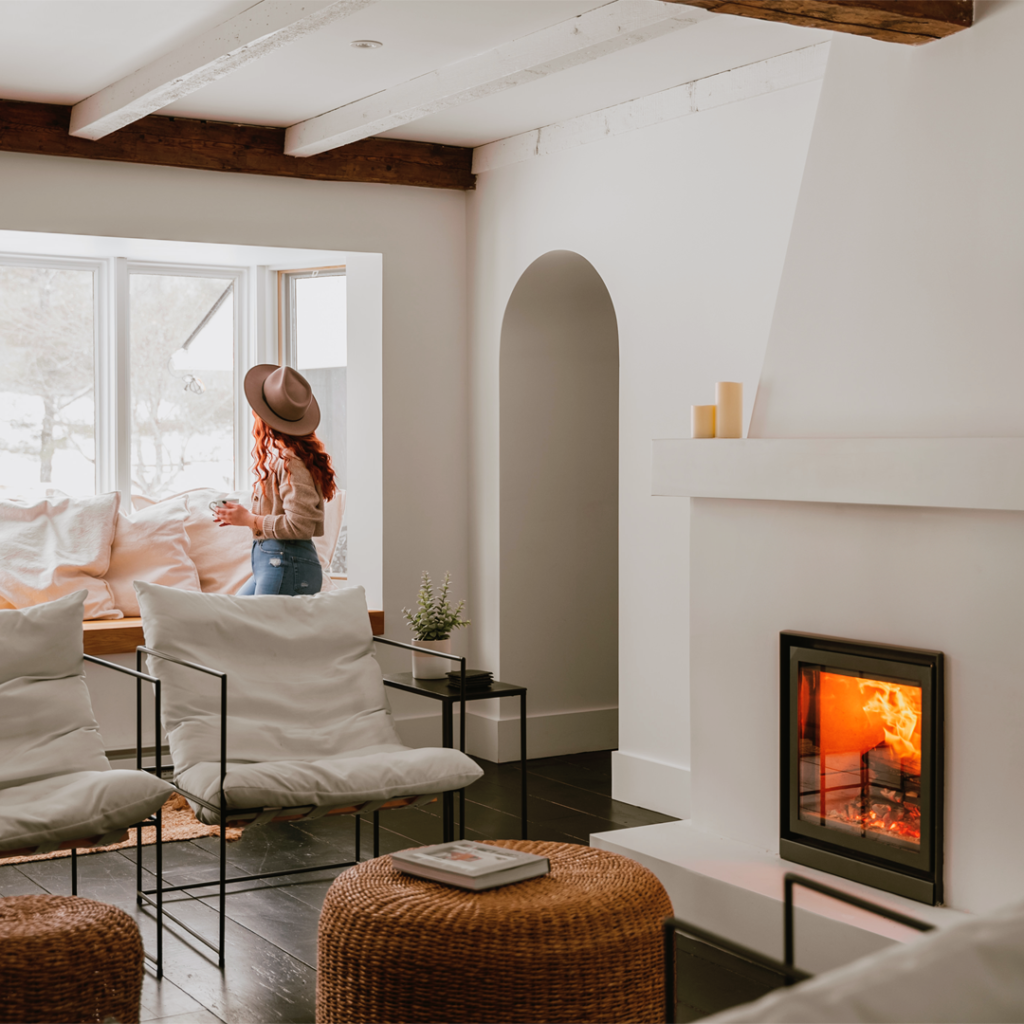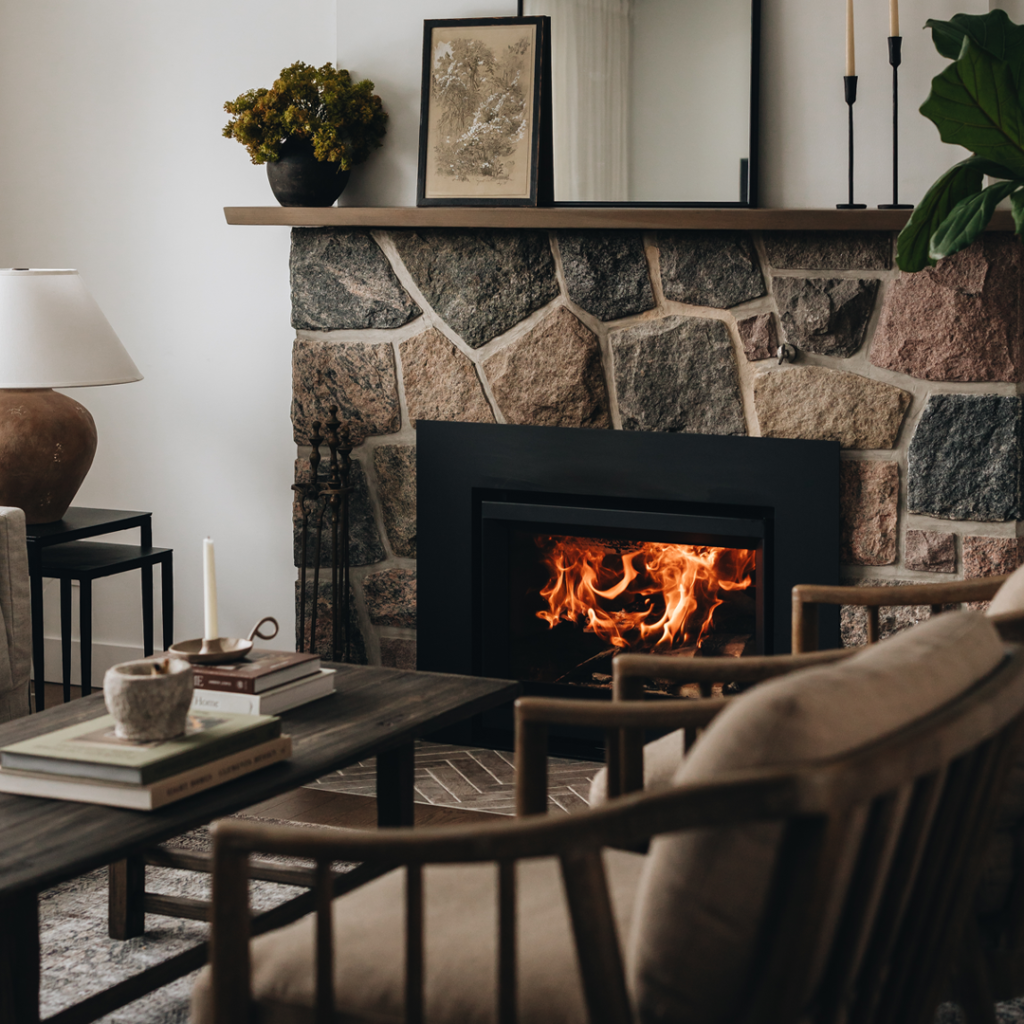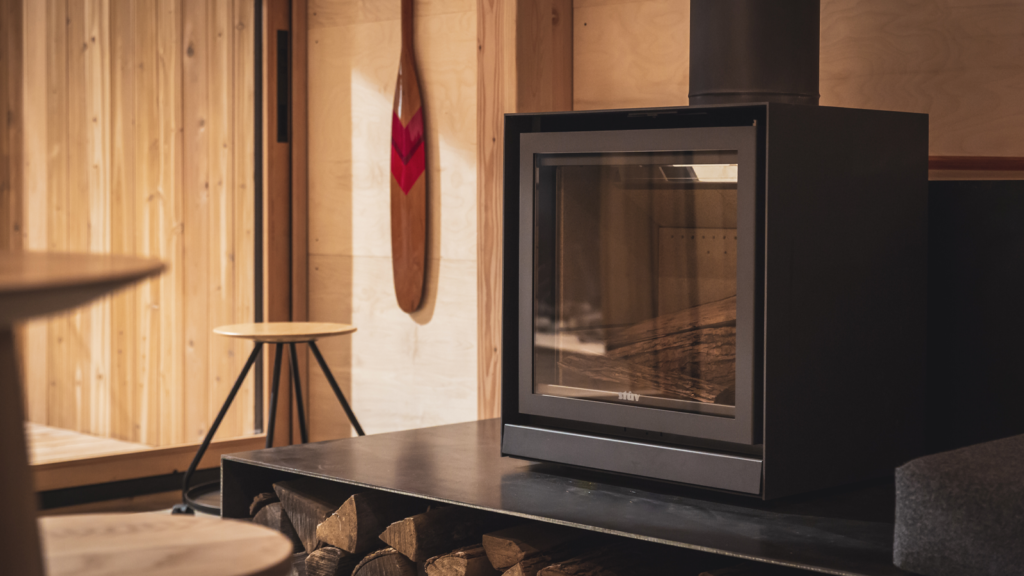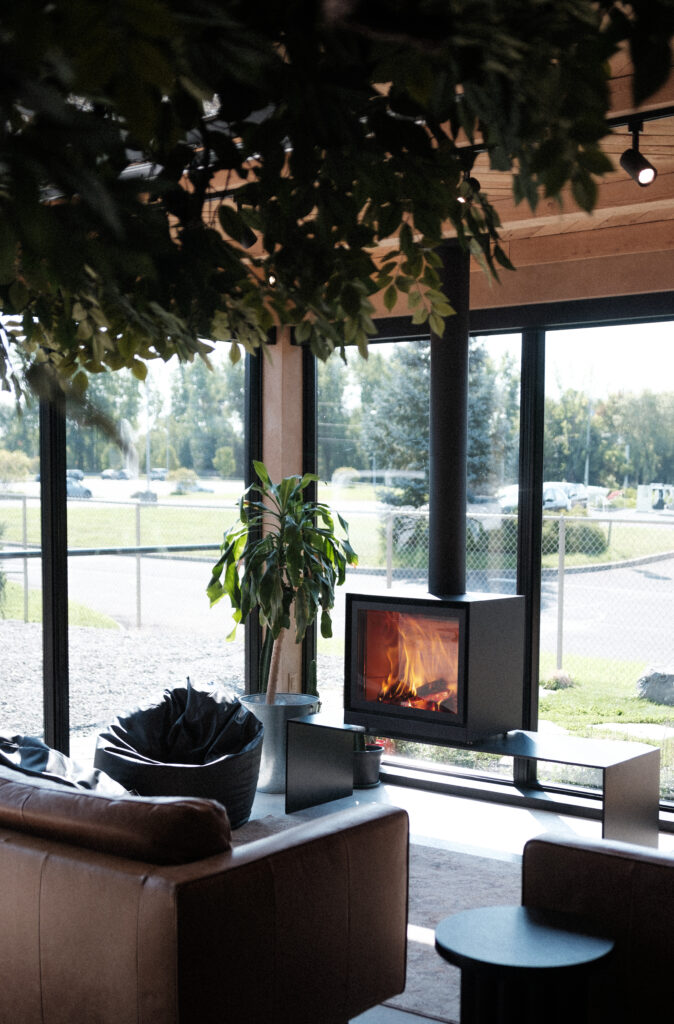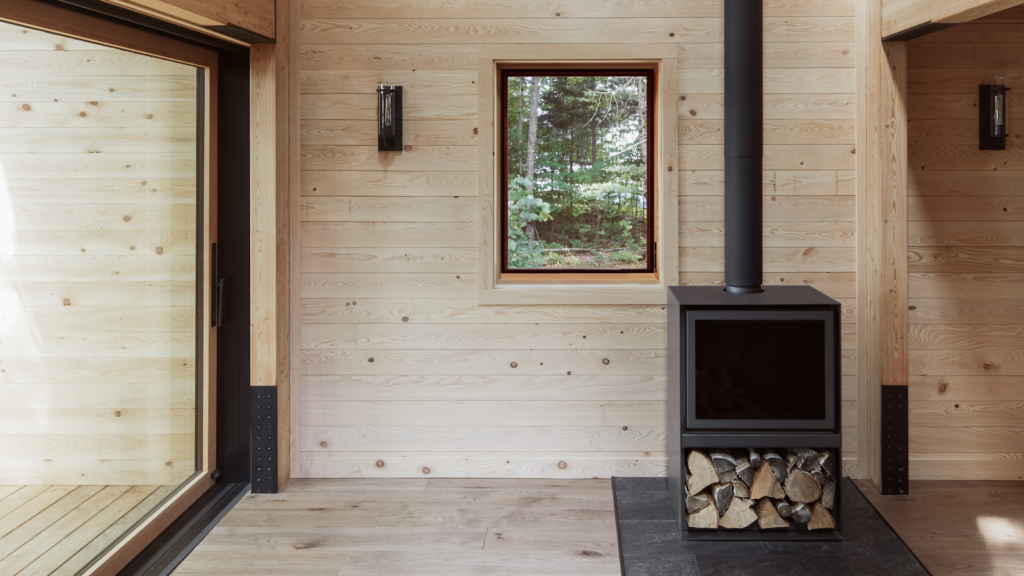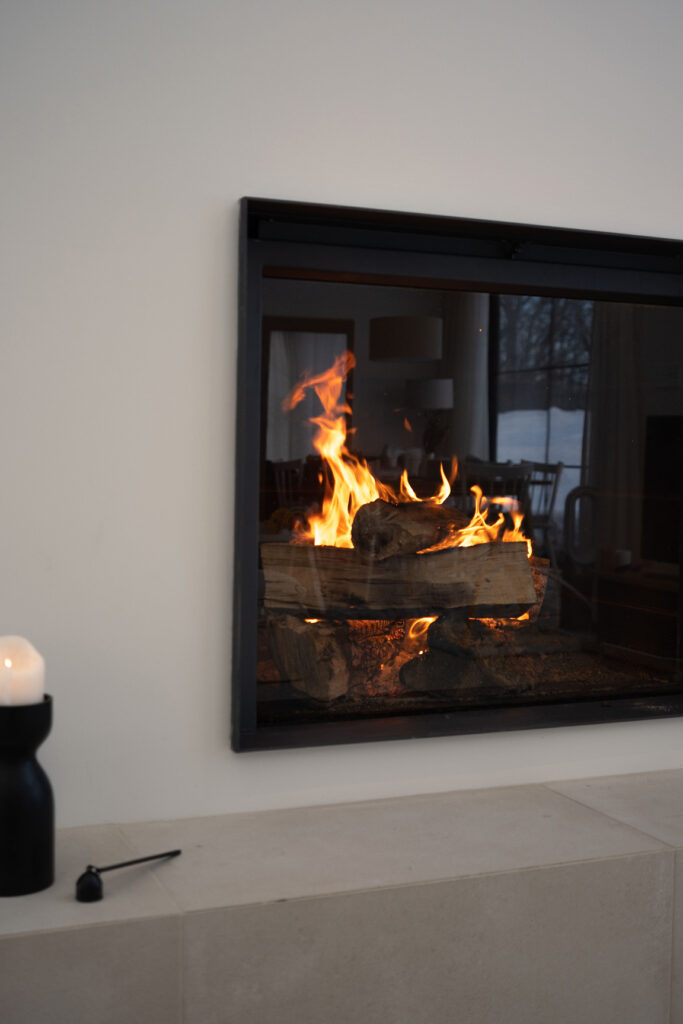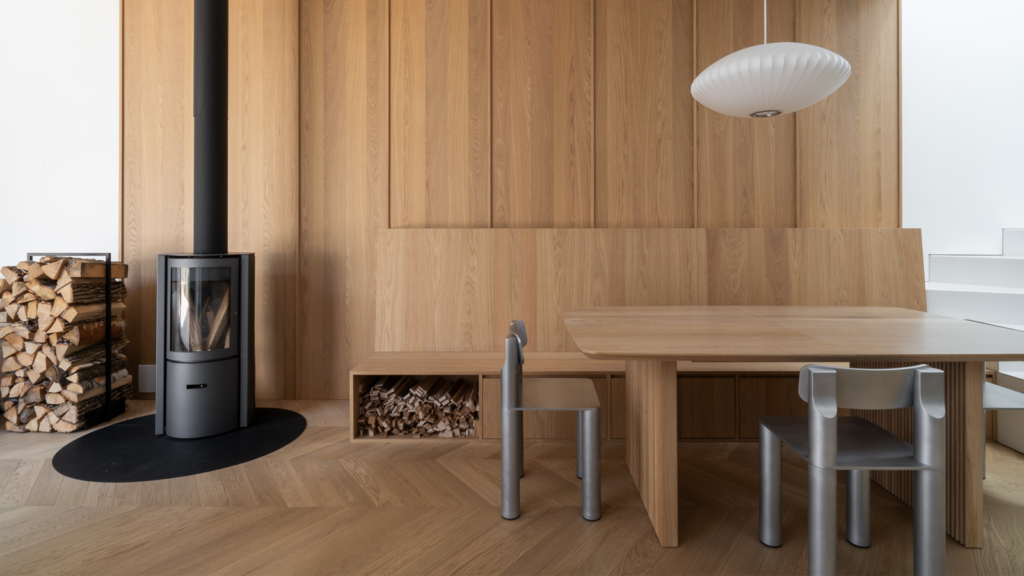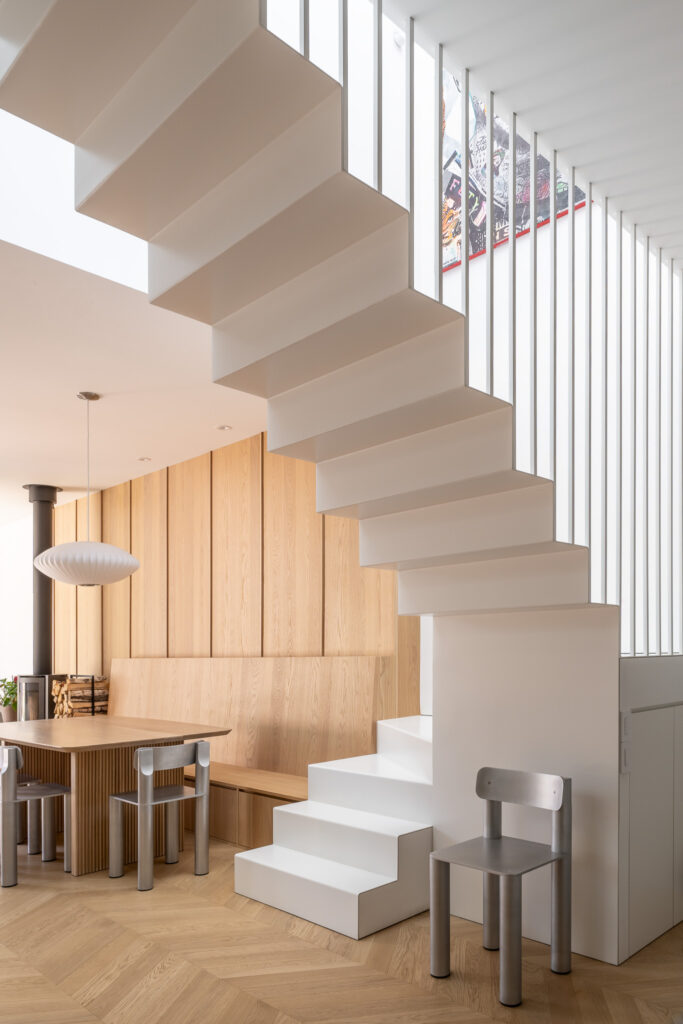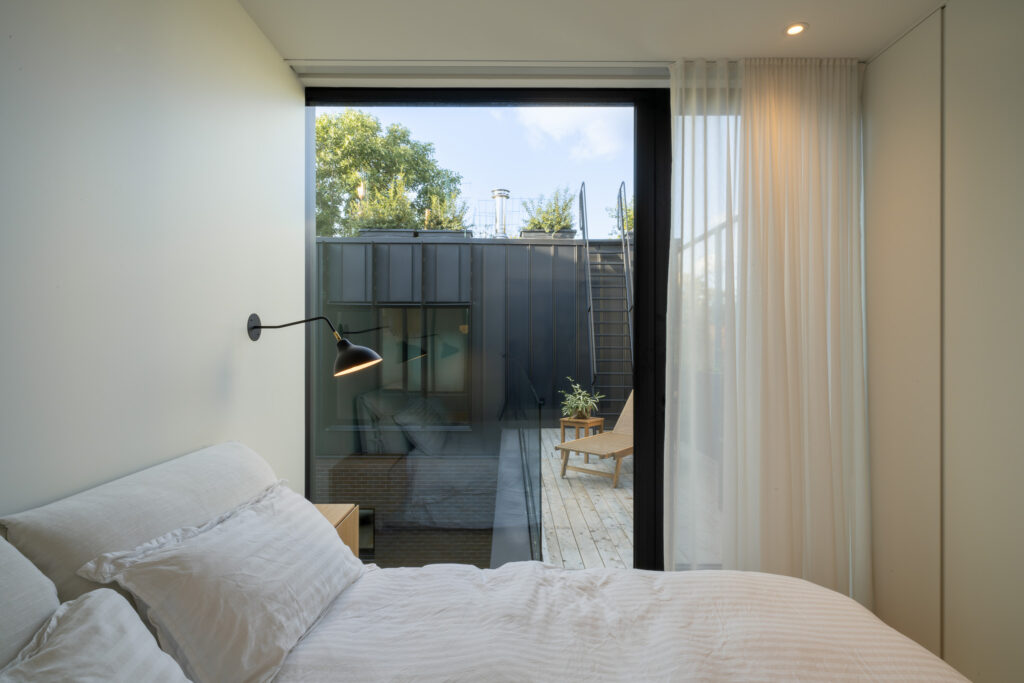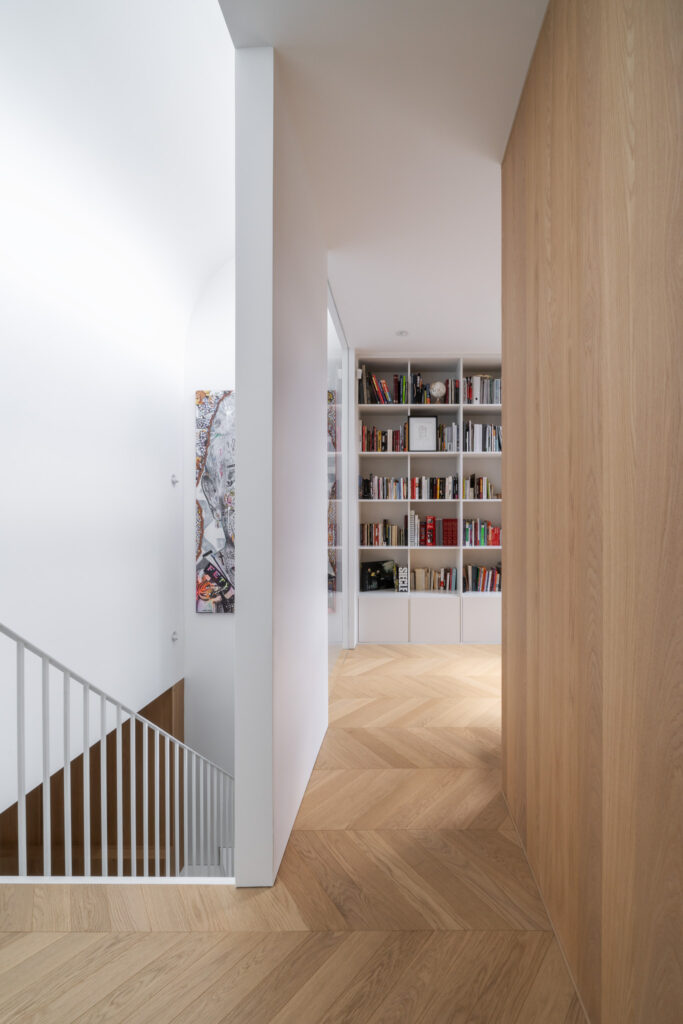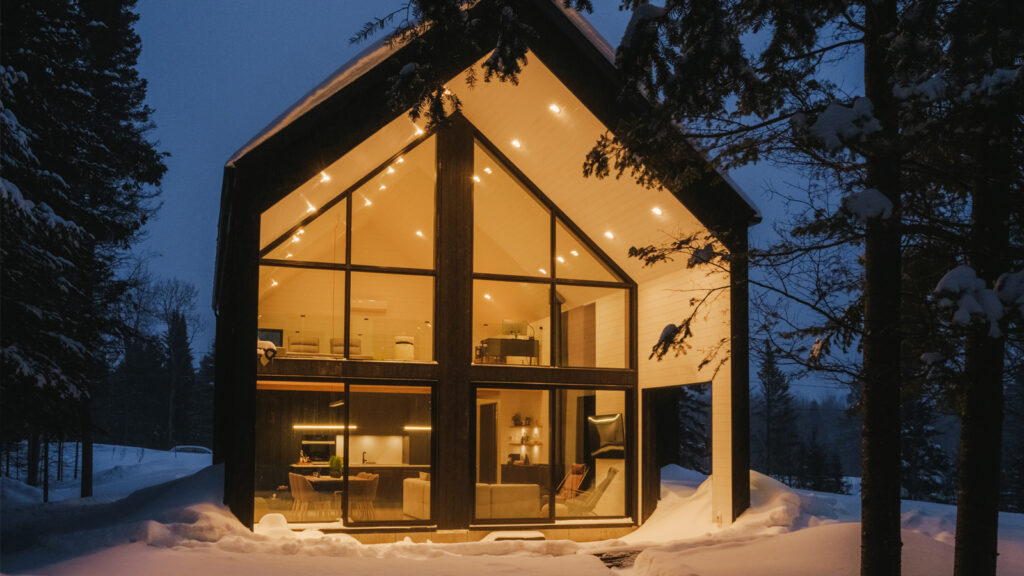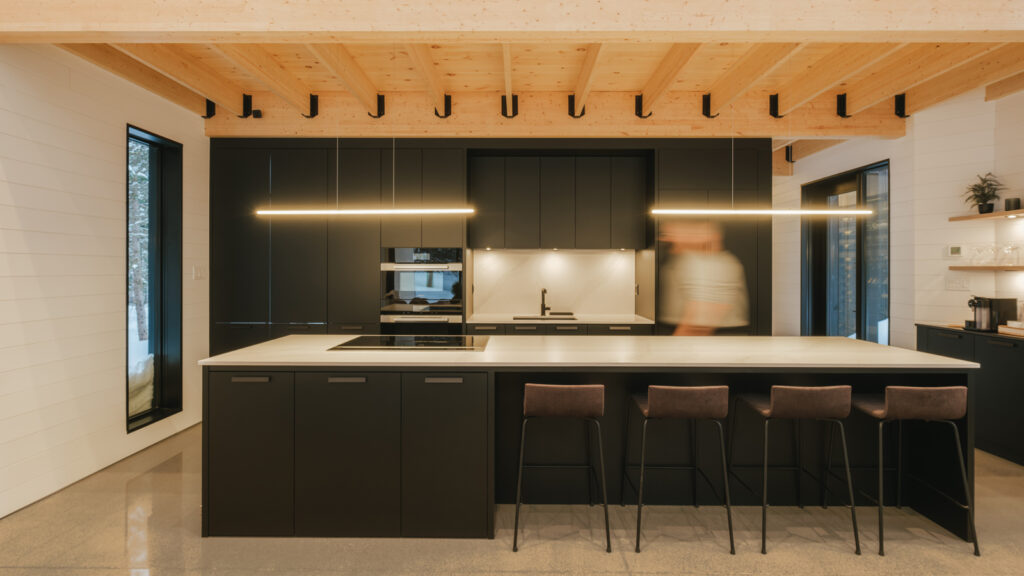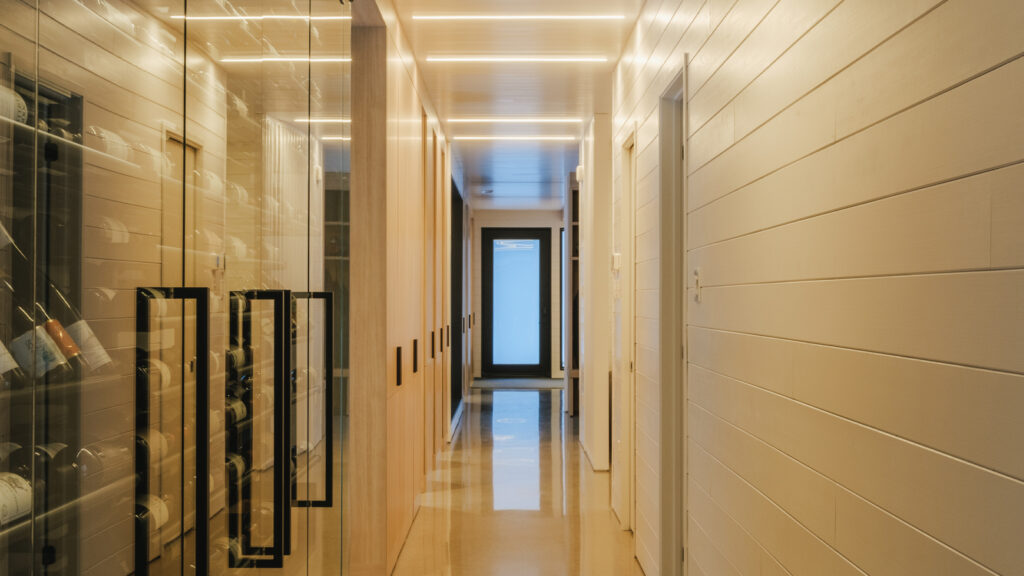With cold weather just around the corner, are you thinking about replacing your heating system? Finding the right one to meet your needs can feel overwhelming, but we’re here to help. Below are some key points to guide you through the process.
[1] A Passion for Wood Heating
The first step is deciding on the type of fuel. Are you drawn to wood, gas, pellets, or electricity? For us, the choice is simple: wood offers several distinct advantages:
Eco-friendly
Wood is a renewable resource. When used correctly, it produces fewer carbon emissions compared to fossil fuels.
Energy transition
Wood heating reduces dependence on centralized energy networks, contributing to energy independence.
Comfort & ambiance
It provides cozy warmth and creates an inviting and unique atmosphere.
Durability
Wood stoves and fireplaces are long-lasting and user-friendly.

[2] Stove or Fireplace?
When it comes to wood-burning units, you’ll need to decide between a stove or a fireplace.
Fireplaces
These can be built-in or zero-clearance models, depending on your space.
Inserts fit into an existing masonry hearth, typically found in older homes.
Zero-clearance fireplaces are installed directly into walls, offering customizable finishes even if you don’t have an existing hearth.
Stoves
Freestanding units that don’t require additional finishing work. These are versatile and can be installed almost anywhere.
Freestanding Fireplaces
A hybrid option, freestanding fireplaces offer the benefits of both stoves and fireplaces without the need for extra construction. Stylish and eye-catching, they often become the centerpiece of the home, like a carefully selected work of art.
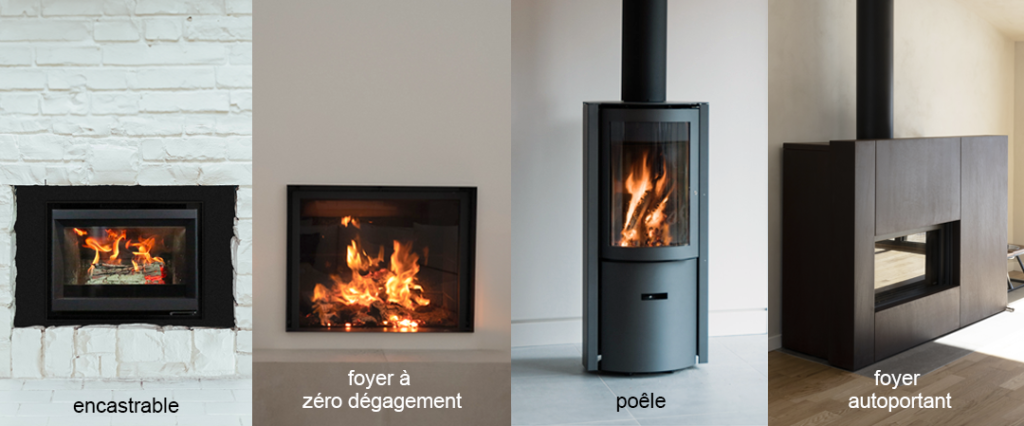
[3] Important Technical Considerations
Appearance isn’t everything – technical details matter, too. Make sure to keep these aspects in mind:
Environmental regulations
While wood heating is allowed everywhere, certain urban areas now regulate its use. Check your local rules to ensure compliance.
Heating capacity
Ensure the appliance can adequately heat your space. A balanced ratio between heating power and room size ensures optimal comfort.
Safety
It’s essential that the installation meets safety standards. A certified installer will guide you through the process.
Home construction
Insulation and layout affect heating efficiency, so consider these factors when selecting a model.
Aesthetic fit
Since your stove or fireplace will be part of your decor, choose one that complements your home’s style.

[4] Personalize Your Space
Accessories can enhance both the functionality and appearance of your heating system:
Fire Screen
Keep embers contained while enjoying the crackle of burning wood.
Linear grates
Add a sleek finishing touch to your installation.
Frames, front panels, and podiums
Add a modern, functional touch to your setup.
Wood storage
Choose from integrated storage units or rolling carts for a neat look.

Ready to take the next step? Download our free guide to prepare for your visit: download the guide.
Find your nearest dealer here: find a dealer
Happy shopping!


